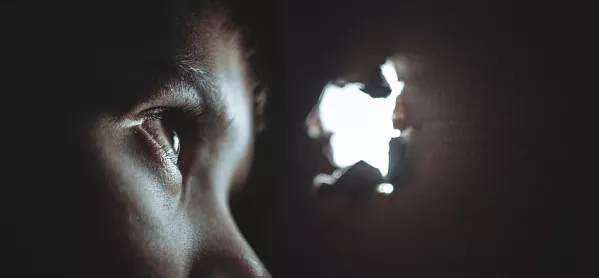It was almost exactly a year ago that Tes published a superb investigation into the state of child and adolescent mental health services (Camhs) in the country.
These articles detailed the full horror of the lived experience of professionals and patients on the frontline, suffering the cuts to mental health services for children.
One article explored life inside a modern Camhs department, and another revealed the extraordinary suffering of children who are not receiving the treatment they need - including horrifying stories of suicide attempts.
At the time, I had a conversation with a primary head about the impact this was having on the life of schools. “I honestly can’t remember making a single successful referral to Camhs in years,” he said.
Lack of mental health support
It was all too depressing, and it soon transpired that my friendly head was far from an isolated case: once we published, a large number of school leaders and parents came forward with similar stories.
To be clear, it is now one of the least contested issues in education: it is pretty much universally accepted in most of the country that Camhs doesn’t really function in any meaningful way.
Today, the work of our Tes journalists has now been joined by a major study from the brilliant wonks at the Education Policy Institute.
They bring cold, hard, horrifying data that tells the same story as our journalists did last year, but in a big picture way. The picture their numbers paint is no less distressing.
Just look at some of the headline figures:
- More than a quarter (26 per cent) of children referred to Camhs were rejected in 2018-19 - a total of 133,000 young people. These include young people who have self-harmed, experienced abuse or have conditions such as eating disorders.
- For those that are granted to access children’s mental health services, average waiting times for treatment are two months - twice the government’s target. In some areas of England, children typically wait as long as six months.
Pause for a second to think about that last one. Six months. These are children - CHILDREN - in the midst of a full-blown crisis being asked to wait for half a year. The mind boggles as to what might happen while they’re on the waiting list.
As a parent of young children, the very thought makes me feel nauseous. As a tax-paying citizen, it makes me furious that, as a country, we are failing look after our most vulnerable young people.
The state of Camhs in this country, as I wrote a year ago, is a national disgrace.
We have a (sort-of) new government, with a new mandate, with a new willingness to abandon austerity. Surely fixing Camhs should be priority number one. And if it isn’t, it would be shameful.




